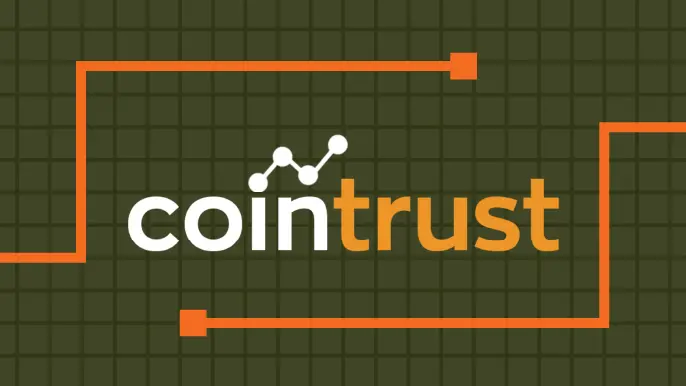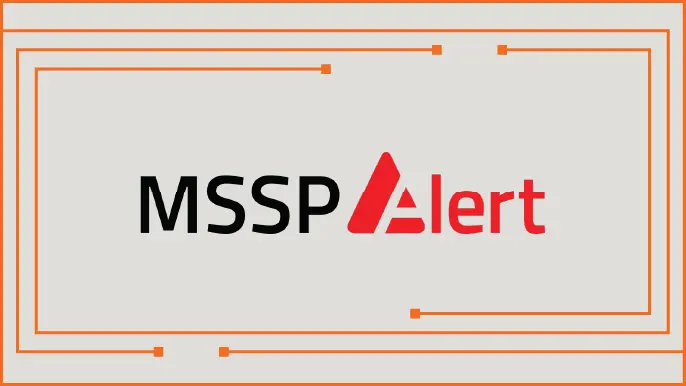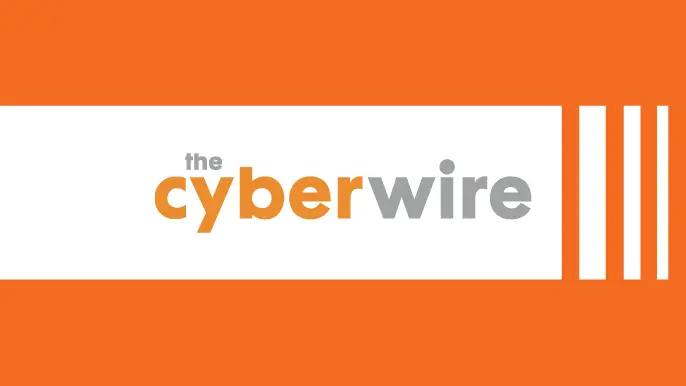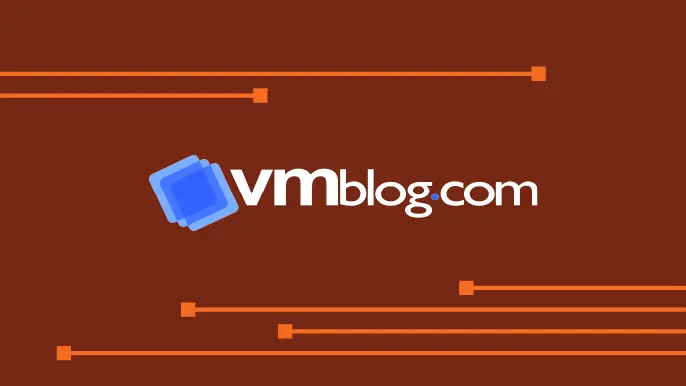
Travis Hoyt
More By Travis Hoyt

Help Net Security: NetSPI’s Blockchain Penetration Testing Service Helps Organizations Protect Blockchain Solutions
October 11, 2022
On October 11, NetSPI's CTO Travis Hoyt was featured in the Help Net Security article called NetSPI’s blockchain penetration testing service helps organizations protect blockchain solutions.

CoinTrust: NetSPI Unveils Blockchain Penetration Trial Services for Enterprises
October 10, 2022
On October 10, NetSPI CTO Travis Hoyt was featured in the CoinTrust article called NetSPI Unveils Blockchain Penetration Trial Services for Enterprises.

MSSP Alert: NetSPI Launches Blockchain Penetration Testing Security Service
October 10, 2022
On October 10, NetSPI CTO Travis Hoyt was featured in the MSSP Alert article called NetSPI Launches Blockchain Penetration Testing Security Service.

The CyberWire: White House issues a memorandum on software supply chain security
September 15, 2022
On September 15, NetSPI CTO Travis Hoyt was featured in The CyberWire article, White House Issues a Memorandum on Software Supply Chain Security.

Blockworks: Netherlands Arrests Suspected Tornado Cash Dev Days After US Sanctions
August 12, 2022
On August 12, NetSPI Chief Technology Officer was featured in the Blockworks article called Netherlands Arrests Suspected Tornado Cash Dev Days After US Sanctions.

Blockworks: Illicit Crypto Moving to Mixers on Pace to Double in 2022
July 14, 2022
On July 14, 2022, NetSPI Chief Technology Officer Travis Hoyt was featured in an article in Blockworks called Illicit Crypto Moving to Mixers on Pace to Double in 2022.

Cybersecurity for Financial Institutions—Part 2: Metrics
May 17, 2022
Explore measurable and actionable metrics every bank should track to craft a powerful cybersecurity story for their regulators.

Cybersecurity for Financial Institutions—Part 1: An Overview
May 3, 2022
Read an overview of the state of cybersecurity in the financial industry and three considerations to better protect your organization and customers.

Forbes: Beyond Bitcoin: Understanding Blockchain Security Implications
April 27, 2022
On April 27, 2022, NetSPI CTO Travis Hoyt published an article in the Forbes Technology Council called Beyond Bitcoin: Understanding Blockchain Security Implications.

Blockworks: The Purpose and Perils of Crypto Privacy Tools
April 11, 2022
Travis Hoyt was featured in the Blockworks article, The Purpose and Perils of Crypto Privacy Tools. Read his thoughts on crypto services.

VMblog: NetSPI Launches New Attack Surface Management Platform
February 22, 2022
On February 22, 2022, NetSPI and Travis Hoyt were featured in a VMblog article titled, NetSPI Launches New Attack Surface Management Platform.

VentureBeat: Pentesting Firm NetSPI Expands Into Attack Surface Management
February 22, 2022
On February 22, 2022, Travis Hoyt was featured in a VentureBeat article titled, Pentesting Firm NetSPI Expands Into Attack Surface Management.